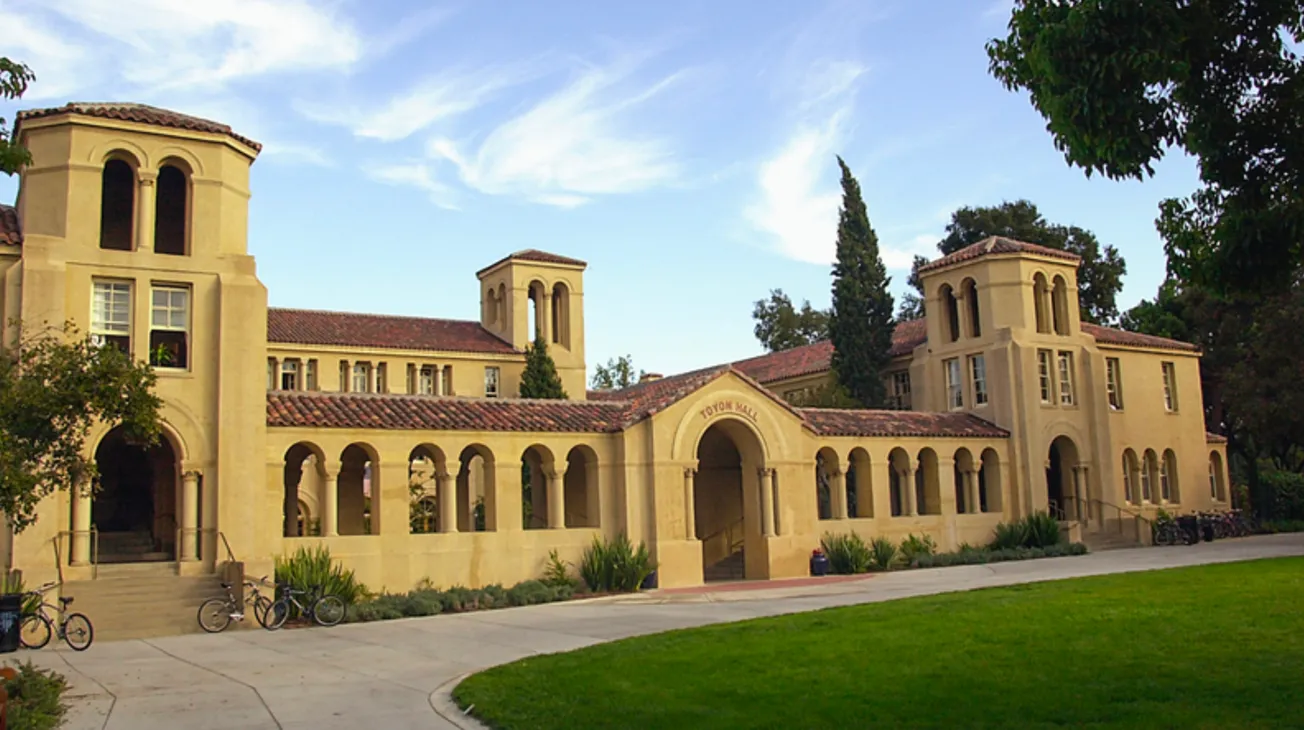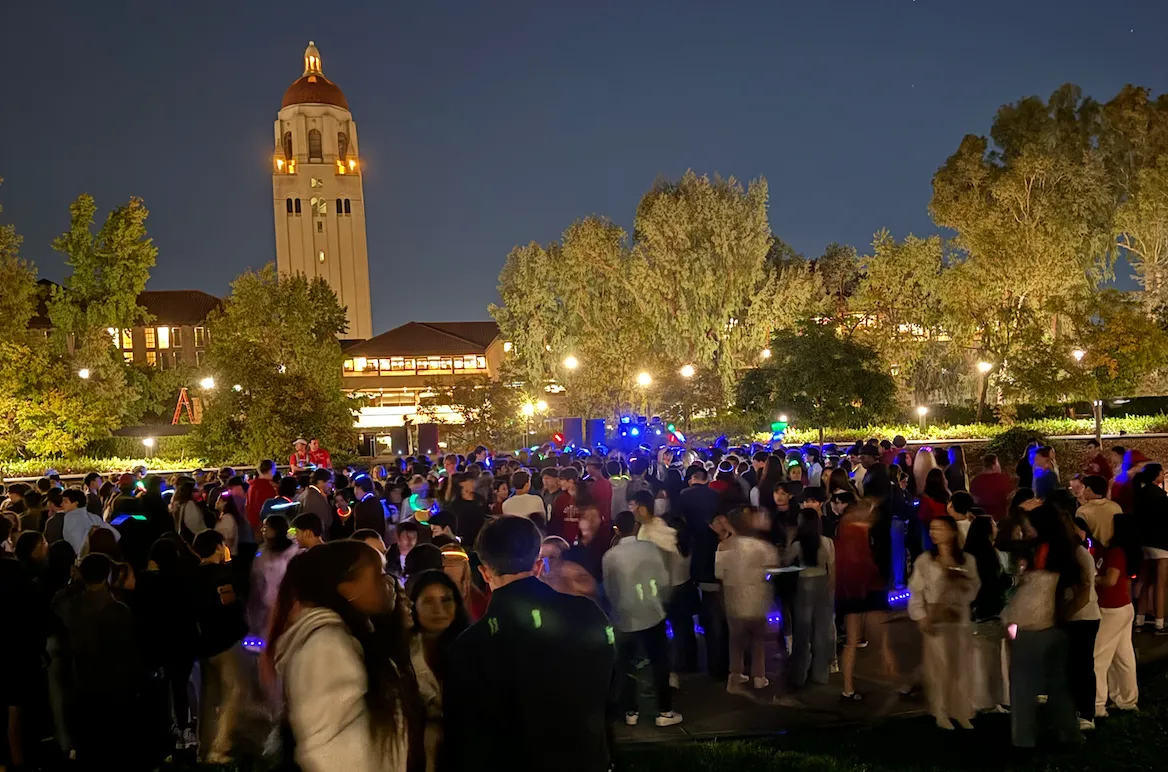Table of Contents
When Stanford’s neighborhood system was first announced, it was met with a wave of criticism. Students raised concerns regarding the rigid assignment process and its impact on current undergraduates, the scattered geographic distribution of residences within neighborhoods, and the soulless names of each community: the letters S, T, A, N, F, O, R, and D.
Despite this widespread disapproval, the neighborhood system was officially implemented in 2021. Since then, several changes have been made to the system, yet the disdain from the student body persists. To understand the current state of the neighborhood system, we must begin by examining the reforms made in response to past criticisms.
The first, and most apparent, is a change to the names of the neighborhoods. The initial names, which mirrored the individual letters of the word “Stanford,” were rightfully criticized for lacking character and identity (though they did have a certain whimsy). After a few selection difficulties, however, the neighborhood titles were successfully changed from an awkward abbreviation to the names of various trees, which helped to foster a more cohesive neighborhood identity.
Secondly, Stanford’s Residential & Dining Experiences department, or R&DE, unveiled a pilot neighborhood reassignment program to balance out the system’s much-maligned rigidity. Students can now switch neighborhoods with relative ease, and draw housing alongside their friends who can follow them to their new neighborhood. Although this assignment process may suffer from the usual bureaucratic complications, it is nonetheless a major change that goes toward enhancing flexibility within the neighborhood system.
Most interestingly, while the neighborhood system did not seem to achieve its intended goal of building organic communities, it did provide a new, subsidiary organizational unit for planning social events. Previously, these social events were either limited to individual houses or were forced to cater to the full campus.
In freshman dorms and other residences to a far lesser extent, resident advisors often organize elaborate trips and “On-Calls.” Yet these events were typically confined to residents, which fails to capture whole social groups. Events could also be of inconsistent quality across houses and between weeks, depending upon the enthusiasm of different RAs.
On the other hand, events that were intended for the entire campus, such as Cardinal Nights, had no choice but to take place at Tresidder or off-campus. Therefore, capacity and the type of events that could be offered were always inherently limited. Fraternities may also host all-campus parties, but many recognize that these events have many problems of their own.
The neighborhood system fills the gap between dorm hall outings and all-campus pileups by offering an alternative set of gatherings. Neighborhoods’ unique level of student organization produces events that are available to all interested students, yet are not explicitly aiming to attract the entire student body. This dynamic allows event planners to escape burdensome administrative oversight. Furthermore, the Row Houses that were once virtually walled off from the university can now be enjoyed by all students by way of neighborhood events!
Finally, despite some misgivings, the neighborhood councils are an appropriate platform for R&DE to distribute funding directly to where it is most useful. The success of HEATWAVE, a strongly attended neighborhood daytime party, and other similar events consistently demonstrate the positive communal impact of the neighborhood system.
While the neighborhood system may not have fulfilled its goal of creating communities yet, keeping students together over four years may provide the extra push for students to reach beyond their eight-person housing group. Students may be more likely to form friendships when they know they could live beside them in the future through the neighborhood system. So yes, we are far from achieving the genuine self-contained neighborhood communities that Stanford envisioned. Even so, the neighborhood system has delivered undeniable improvements to campus life.
Why, then, does the system still receive constant criticism? For one, students have understandably been disillusioned by numerous other administrative decisions that negatively affect our campus. Some complaints may cast the neighborhood system as a scapegoat—an emblem of all that is wrong with Stanford leadership. The administration’s propaganda of idealized neighborhood communities may also prevent students from recognizing the system’s practical value, and outrage students when the ideal falls short.
It’s true: the neighborhood system is not perfect. The danger remains of excessive forms ruining the current system in its entirety. The current implementation of the neighborhood system has its fair share of problems: housing and room arrangements suffered a new round of criticism over the summer, although that may be the result of an imbalance between limited housing and a growing student population.
Yet the constant comparisons to an optimal housing system, which will likely never exist, inhibit us from recognizing the neighborhood system’s many good qualities. Even worse, this bitter mindset prevents us from identifying the proper reforms that could actually improve our situation. Only by accepting reality can we institute real improvements to a neighborhood system that is worth keeping around.








